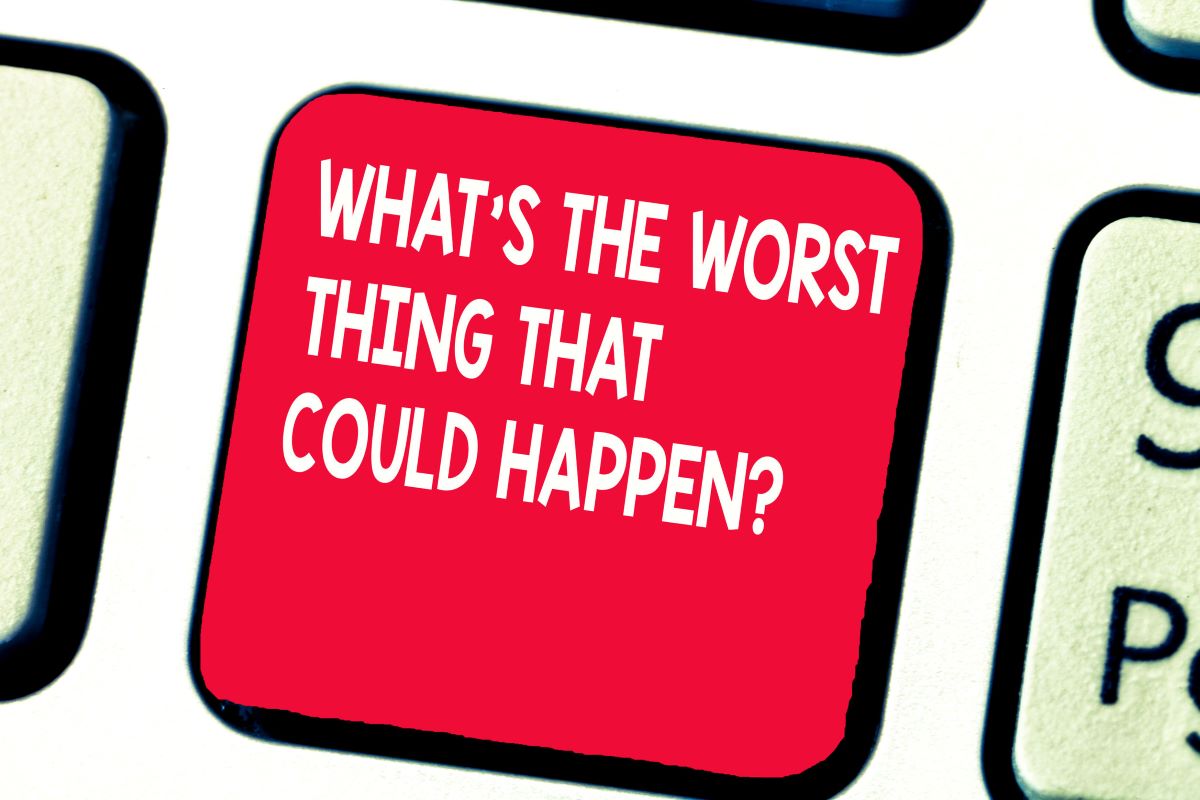5 ways to fortify your crisis response for 2021
Prepping for 2021? Here’s how to ramp up crisis plans with P2P, purpose and empathy.

The pandemic has broken down silos between external and internal communications—with crisis communications now part of the job no matter where you sit on the org chart.
So how can you best prepare for what’s ahead when everything seems in flux—including your role?
“We can move forward by looking back,” says Lesley Sillaman, executive vice president with Havas PR and former deputy press secretary of the Democratic National Committee. “Hindsight lets us pinpoint trends to help strengthen our future communications, regardless what department we’re in.”
Here are five trends she’s been tracking and how to incorporate them into your work in 2021:
1. Tap into the P2P revolution.
“We’re seeing a shift from traditional B2B or B2C to P2P (person to person) communication,” Sillaman says, “and it has accelerated since our lives changed in March.”
Put simply, pandemic-era consumers expect more from technology now as a result of the crisis.
“This has had a profound impact on companies when it comes to delivering services, experiences and products to their audiences,” she says. “Audiences expect to hear directly from brands via the communication channels they’re using—with a heavy emphasis on direct and social.”
[Discover more crisis communications insights in Ragan’s Tues., Dec. 8: “Crisis Communications Conference” with speakers from Target, USAA, Walgreens, McDonald’s Comcast and more.]
2. Rally behind purpose.
“Audiences know more about the products and services they purchase because they have more information at their fingertips,” says Sillaman. “They also have high expectations of brands on the channels they consume—and are prioritizing purpose and transparency from those companies and their CEOs.”
That’s a rallying cry for CSR, DE&I and other communicators working on purpose-driven efforts. It also directly impacts crisis communications.
“B2B companies have traditionally focused more on direct customers rather than end users—even in their crisis communication planning,” Sillaman explains. “But there are now multiple audiences that will expect direct, transparent communication from those companies when things go wrong.”
3. Hug your haters.
Sillaman isn’t done beating the interpersonal communication drum.
“We’re seeing P2P playing out in real time with the election fallout,” she says. “We’ve each been touched by someone in our network sharing their feelings about it. Everyone wants to talk.”
But talking should also mean listening.
“Listening comes first in any crisis situation,” Sillaman says. “In many instances, people aren’t just looking for a quick fix. They simply want to know they’ve been heard. Brands need to be more cognizant of that as they navigate crisis situations.”
She calls it “hugging your haters” and says that airlines, retail, clothing, makeup and furniture companies have become adept at listening to the real context behind customer complaints.
“Some people just need to share their experiences and opinions,” she says. “Delta and KLM pioneered in this. They were ahead of the curve in social listening and it’s now also a hallmark of companies like Sephora.”
4. Take your war room virtual.
Scenario planning remains the best way to prepare for a crisis, since understanding likelihoods and potential consequences is the first step to preparing a response.
“But we now have the added layer of working in a nearly all-virtual world,” says Sillaman. “That includes using tools like Teams, SharePoint, One Drive and even Zoom to engage in your crisis planning and response. But it also means setting up clear processes, roles and accountability for communicating with your team online from the outset.”
She recommends using a responsibility assignment matrix (RAM) to guide the process. Her team, for example, uses these two staples:
RASCI Framework
- Responsible – Who is responsible for doing the work on the project.
- Accountable – Who is accountable what gets done (i.e., project manager).
- Support – Who provides support during implementation of the project.
- Consulted – Who can provide advice or consultation for project (often a SME).
- Informed – Who should be informed about project progress or decisions.
DARCI Framework
- Decision maker – Who has approval or veto power for decisions on the project.
- Accountable – Who is accountable what gets done (i.e., project manager).
- Responsible – Who is responsible for doing the work on the project.
- Consulted – Who can provide advice or consultation for project (often a SME).
- Informed – Who should be informed about project progress or decisions.
5. Embrace empathy.
A successful crisis response requires matching what you say with what you do. When they align, you can begin to earn trust and loyalty—even in the middle of a crisis.
“Stay agile, authentic and empathetic—and you’re on your way,” says Sillaman. “But as with any relationship, you have to work at it every day. You have to continue to earn that trust.”
She says Visa’s CEO Alfred Kelly is a good example. “He’s been a leader in providing empathy from the beginning of pandemic. Unilever’s CEO Alan Jope has also shown empathy and humanity, as have Nike CEO John Donahue, Microsoft CEO Satya Nadella and Marriot CEO Arne Sorenson. They’ve all worked to share what the pandemic means to them, their families and their businesses.”
The takeaway: “Showing that side is important to brands and leaders in times of crisis,” says Sillaman. “It allows us all to feel more connected.”
Brian Pittman is a Ragan Communications consultant and event producer. Discover more crisis communications insights in Ragan’s Tues., Dec. 8: “Crisis Communications Conference” with speakers from Target, USAA, Walgreens, McDonald’s, Comcast and more.








Good one Brian. Jay Baer is the king of the “hug your haters” concept. But one thing that can make life easier for a communicator is to “avoid the haters and trolls.”
As more companies use social media as their crisis communications platform, they actually expose themselves to haters and trolls needlessly. This then creates abnormal crisis communications tasks that can be avoided by making your website home base for crisis communications information.